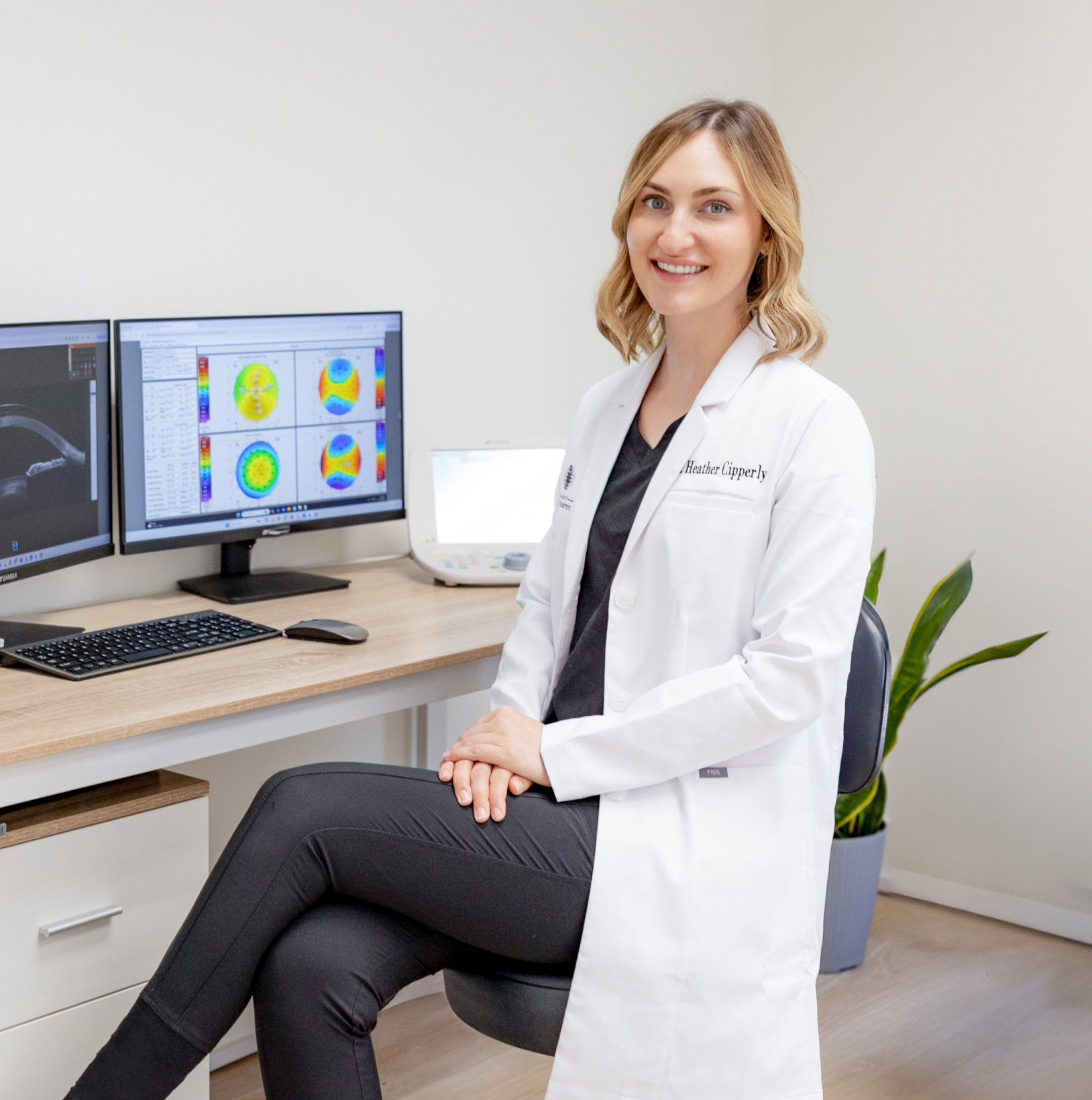
5 Things You Need to Know About Myopia vs. Astigmatism in Today’s World
In today’s digital-first world, where screens dominate our daily lives and visual demands are higher than ever, understanding common eye conditions has become essential. Among the most widespread refractive errors are myopia (nearsightedness) and astigmatism, both of which affect millions of people worldwide.
While these conditions are often confused, they are quite different in how they affect the eye and vision quality. In this article, we’ll break down the differences between myopia and astigmatism, highlight their causes, symptoms, diagnosis, and treatment options, and provide practical insights to help you make informed decisions about your eye health.
- Defining Myopia and Astigmatism
Myopia (nearsightedness) makes distant objects blurry while near objects remain clear, caused by the eye being too long or the cornea too curved. Astigmatism results from an irregular corneal or lens curvature, leading to distorted or blurred vision at any distance.Knowing these definitions helps distinguish the two common refractive errors.

- Global Impact
Both myopia and astigmatism are rising worldwide, creating a serious public health concern. According to the World Health Organization (WHO), nearly 2.6 billion people have myopia, while astigmatism remains widespread. Increased screen time, lifestyle changes, and genetics are major factors contributing to this global surge.
- Risk Factors and Prevention:
Both myopia and astigmatism have a strong genetic component, so children with parents affected by these conditions may be at higher risk. Environmental factors also play a key role. Prolonged screen time, limited outdoor activity, and poor lighting are major contributors to myopia development. Understanding these risk factors allows individuals to take preventive steps, such as following the 20-20-20 rule to reduce eye strain and spending more time outdoors.

- Corrective Measures
There are several effective ways to manage and correct myopia and astigmatism. Eyeglasses and contact lenses remain the most common solutions, compensating for refractive errors and providing clear vision. Technological advancements have introduced options like orthokeratology and surgical procedures such as LASIK, offering more permanent freedom from glasses or contacts for suitable candidates.
- Impact on Daily Life
Uncorrected myopia and astigmatism can affect not only visual clarity but also daily activities and overall quality of life. Poor vision can influence academic performance, work productivity, and general well-being. Regular eye check-ups, especially for children, are essential for early detection and timely intervention, ensuring these refractive errors do not interfere with personal or professional growth.

In today’s digitally-driven world, understanding myopia and astigmatism is essential for maintaining optimal vision and eye health. For personalized guidance, consult the experts at the Charlotte Contact Lens Institute. Our experienced doctors provide tailored care to address myopia, manage astigmatism, or explore advanced vision correction options, ensuring the highest standard of treatment for your unique needs.
Take the next step towards clearer vision by booking a free phone consultation to discuss your situation. Click below to schedule or call (704) 800-5230. You can also email us at hello@charlottecontactlens.com. Your journey to optimal eye health starts here.
- Frequently Asked Questions